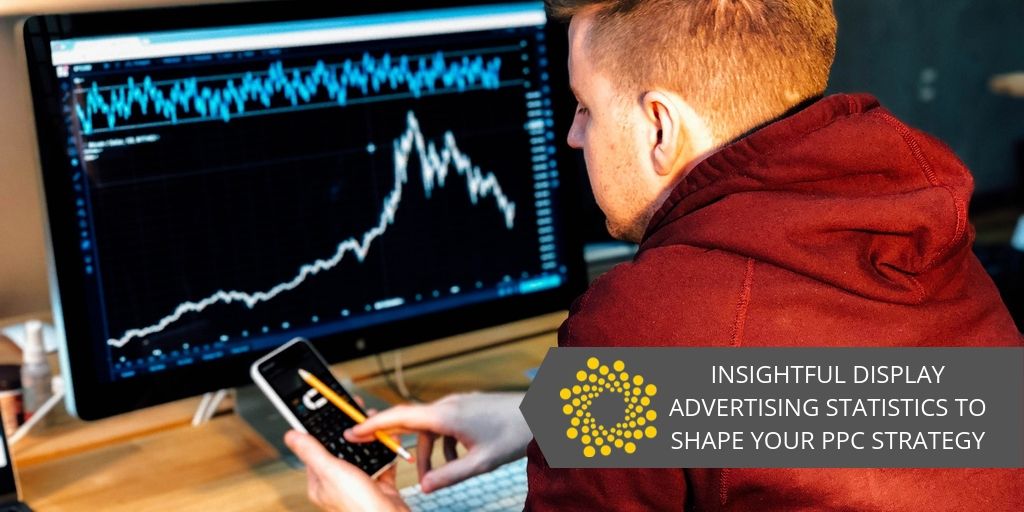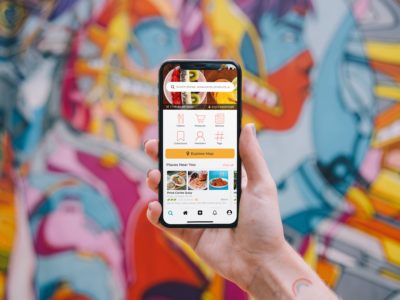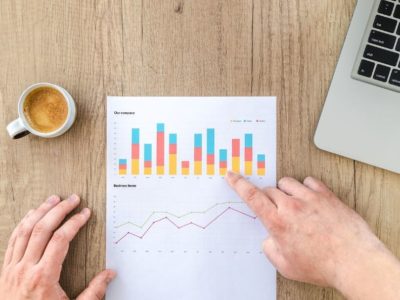Digital display advertising has been around almost since the beginning of the internet. Just like everything from that era, it has gone through several changes and updates over the past couple of decades. For instance, the banner ad that was invented in circa 1994 no longer elicits the same amount of response from viewers today. In fact, reports say that it might soon be obsolete.
Whether you’re a display advertising pro or you’re relatively new to the game, it’s well worth your time to check out current statistics and data in the industry. This will help you understand the history, evolution, and future of display ads—and how you as a marketer can adapt to produce better campaigns in the future.
Here are some of the most relevant PPC and display advertising statistics you should know in 2019.
Top Picks for Display Advertising Statistics
- The average click-through rate across all display ad formats and placements is just 0.05%. (Smart Insights)
A CTR of 0.05% translates to 5 clicks per 10,000 impressions. That’s incredibly low. This figure drives the point home that it’s getting increasingly difficult for marketers to get a direct response from banner ads alone. However, that doesn’t mean that banner ads are completely useless. Research suggests that online ads do contribute to brand recognition and purchase intent.
- 25.2% of U.S. internet users blocked ads on their connected devices in 2018. (Statista)
The rise of intrusive pop-up ads and distracting display ads didn’t sit well with internet users, and as a result, they’ve begun installing ad blocking plugins on their internet browsers. This figure is projected to grow to 27.5% in 2020.
- Google (38.6%) and Facebook (19.9%) hold the largest share of total US digital ad spend. (eMarketer)
With Google owning 89.95% of the search engine market share and Facebook garnering 2.32 billion monthly active users, it’s no surprise that these two tech giants take the cake when it comes to digital ad spend. Marketers heavily use Facebook for lead generation nowadays.
- The most popular type of display ads is “banners and others,” which includes native ads and social media ads. (eMarketer)
Native advertising and social media advertising are making noise in the ad scene. This suggests a shift and paints a better picture of where display ads are headed in the future—fewer banners, more articles, and social posts.
- Native ads receive 53% more views over traditional display ads. (Sharethrough)
According to a study by the Content Marketing Institute, 70% prefer learning about new products through content (blog posts, articles) versus traditional advertisements. Native advertising is less intrusive and feels more curated to the reader, which results in higher CTRs and more tangible results.
- Social media advertising is now worth $50.2 billion and will surpass the overall ad revenue of newspaper advertising by 2020. (Zenith)
People are spending more time on apps than ever before. Advertisers were able to catch onto this trend, fueling the investment in social media display advertising that we see today.
- 93% of marketers use Facebook Advertising to hit KPIs. (Sprout Social)
The social media platform is especially critical to B2C marketers and advertisers, and for a good reason—it works. The average Facebook user clicks on eight advertisements per month.
- Social video ad spending will grow by 44% by 2021. (eMarketer)
Videos get more attention than static ads. In fact, they’re clicked 73% more than display banners. As marketers continue to reap the benefits of video ads and social media, social video ad spending in the U.S. will reach $14.89 billion in 2021, growing 44% from 2019, according to a forecast by eMarketer.
- Mobile ads on YouTube receive 83% of viewer attention. (Ipsos)
Studies show that people pay more attention to YouTube video ads over TV commercials. The video-sharing site gets over 30 million visitors per day, and around 5 billion videos are watched daily. That’s a tremendous amount of potential in reaching your audience.
- This 2019, 83.6% of U.S. digital display ad dollars will transact programmatically. (eMarketer)
Programmatic advertising will automate the buying and selling of ads in the digital space versus the traditional method of having humans mediate the process. This will make the ad-buying system more efficient, cheaper, and seamless by replacing menial tasks that people used to perform.
- In a survey of 500+ marketers, 53% reported using behavioral retargeting or remarketing on the desktop, and 44% on mobile. (ClickZ)
Marketers were able to see positive results when they tailored their ads based on their consumers’ previous actions online. The personalized experience will result in a higher drive in ROI and increased chances of relevance. Retargeted ads lead to a 1064% increase in branded search after only a month of retargeted ad exposure.
- 72% of global digital ad spend is expected to go to mobile by the end of 2019. (Bannersnack)
7.7 billion mobile devices are currently in use vs. 2 billion PCs. Mobile internet usage also surpassed desktop usage in 2016, signaling the shift in audience’s behavior when it comes to consuming online content. Marketers can expect that mobile ads will continue to be the top channel in display advertising.
- The average mobile PPC ad click-through rate (CTR) drops 45% between the first and second position. (Wordstream)
The higher a result appears on the search engine page, the better it will do. But a 45% margin between the first and second ad is massive. Keep this in mind when optimizing campaigns for mobile devices.
The Future of Display Ads is Here
Although trends have come and gone, display ads aren’t dead, nor are they going anywhere anytime soon. While the banner ad doesn’t gather the response it used to, it’s still critical to use them in conjunction with your other techniques. Online brand awareness is difficult to establish, and visibility is essential for any business to succeed.
With the introduction of mobile devices, social media, and native advertising as more popular avenues of display and PPC advertising versus the traditional banner ad, campaigns now require more creativity and personalization more than ever to stand out from the clutter.







